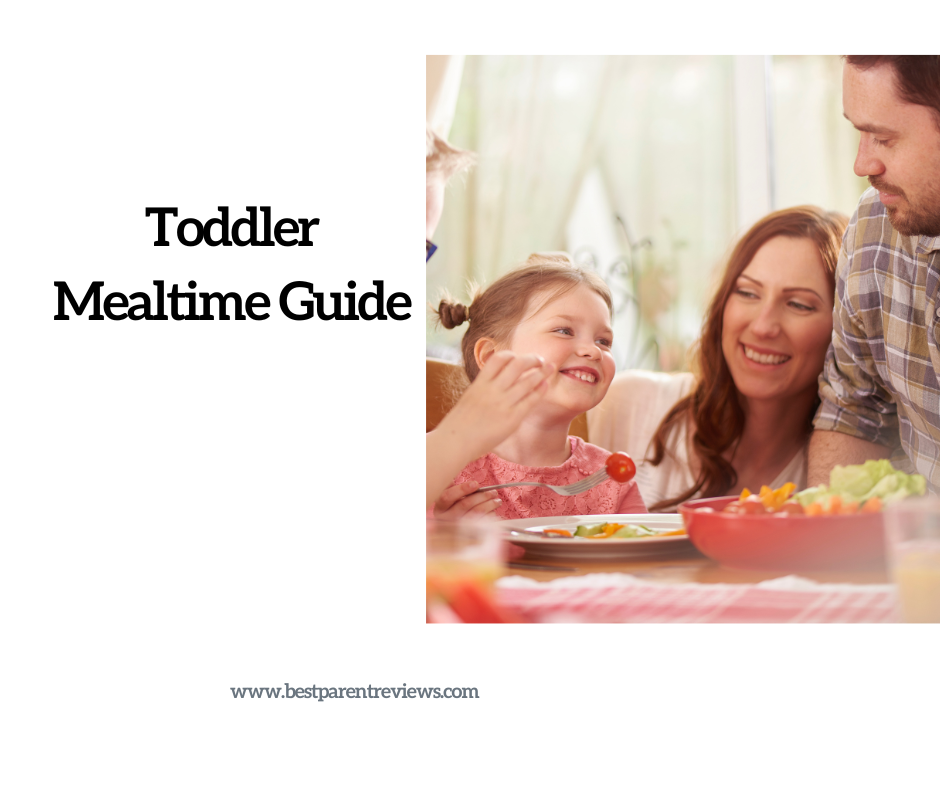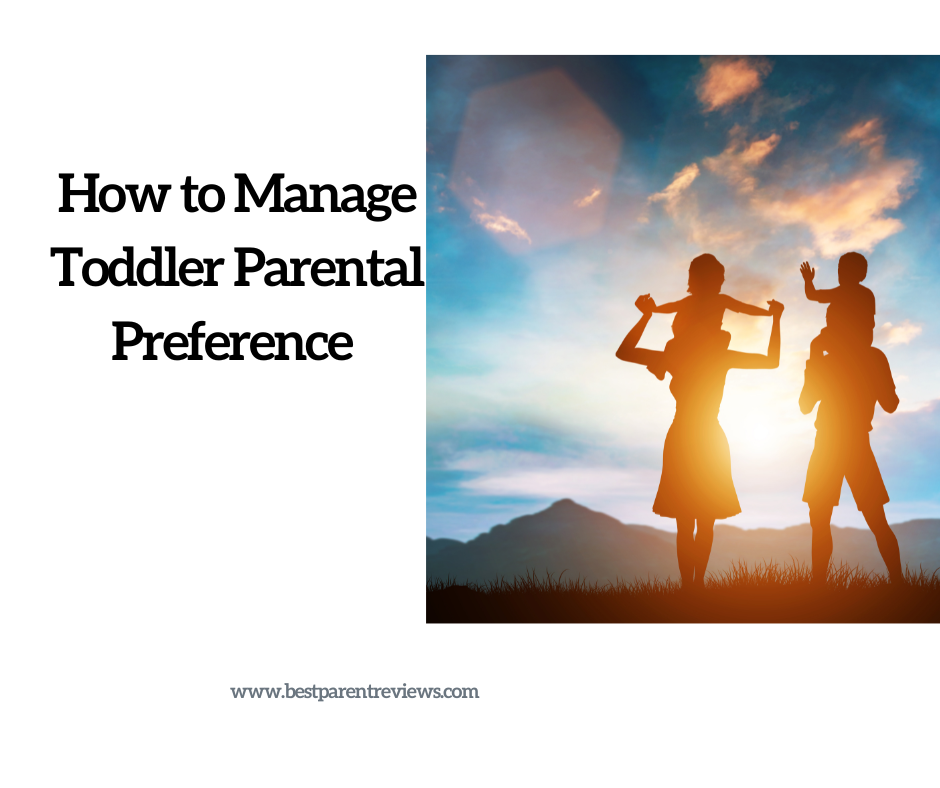Unlocking Potential: The Crucial Role of Early Reading in Toddler Development
Few activities hold as much transformative power as reading with toddlers. The act of sharing a book transcends the turning of pages—it becomes a journey of discovery, imagination, and language acquisition. Today, we will delve into the multifaceted importance of reading with toddlers from a young age, exploring the cognitive, emotional, and social benefits that lay the foundation for a lifelong love of learning.
While we view this topic as of the upmost importance and take a scientific approach to this discussion – reading is ultimately supposed to be fun – so we added 5 of our favorite silly books at the end!
Table of Contents
- The Magic of Early Reading
- Cognitive Development: Building Blocks of the Mind
- Emotional Development: Nurturing Hearts and Minds
- Social Development: Connecting Through Stories
- Practical Tips for Reading with Toddlers
- Addressing Common Concerns: Overcoming Challenges in Early Reading
- Realizing the Lifelong Impact
- Five Silly Books to Spark Reading

The Magic of Early Reading
The first steps into the literary realm often begin in the arms of caregivers, where a shared story becomes a gateway to a world of wonder. Early reading, specifically with toddlers, is not just a pleasant pastime; it is a pivotal aspect of their developmental journey. According to Laura Phillips, PsyD, at the Child Mind Institute,“Reading and exposure to words helps kids maximize their language and cognitive capacity.”
Beyond the developmental aspects – reading is an expression of love. Keisha Keisha Siriboe talks about how the act of reading is an act of love to pass on this important tool to educate your child.
Let’s uncover the layers of significance that make reading with toddlers an essential component of their growth.
Cognitive Development: Building Blocks of the Mind
1. Language Acquisition:
Reading is a language-rich activity that exposes toddlers to a diverse vocabulary, sentence structures, and linguistic patterns. The rhythmic cadence of storytelling enhances language acquisition, laying the groundwork for effective communication and literacy skills.
According to David Dickinson in his 2012 Article “How Reading Books Fosters Language Development around the World” (found here), “Book reading consistently has been found to have the power to create interactional contexts that nourish language development.” Or as Doctor Suess put it: “The more that you read, the more things you will know. The more you learn, the more places you’ll go.”

2. Cognitive Skills:
Engaging with the narrative elements of a story—discussing characters, predicting outcomes, and understanding cause and effect—stimulates cognitive development. Toddlers learn to think critically, make connections, and develop problem-solving skills as they navigate the narrative landscape.
3. Vocabulary Expansion:
Books introduce toddlers to a broader vocabulary than they might encounter in everyday conversations. Exposure to varied words and expressions enriches their language repertoire, fostering the ability to express thoughts and feelings with nuance.
There is all sorts of literature out there about how your child should know x words at year 1 and y words at year 3 – but the bottom line is – the more words your child knows (especially age appropriate ones) the better off they will be.
4. Conceptual Understanding:
Stories often convey abstract concepts, emotions, and moral lessons. Through narrative exploration, toddlers begin to grasp complex ideas, understand emotions, and develop a framework for navigating the world around them. As an example – the Touch and Feel Book – Never Touch a Panda – walks through the abstract concept of what you can and cannot do with Panda’s and other animals!

Emotional Development: Nurturing Hearts and Minds
1. Bonding and Connection:

The shared act of reading creates a sacred space for bonding between caregivers and toddlers. The physical closeness, shared focus, and soothing rhythm of storytelling strengthen the emotional connection, fostering a sense of security and trust.
2. Emotional Intelligence:
Books serve as windows into the realm of emotions, allowing toddlers to identify and understand various feelings. Characters’ experiences provide a safe context for discussing emotions, nurturing emotional intelligence and empathy.
3. Comfort and Routine:
The predictability of reading time provides a comforting routine in a toddler’s life. The familiarity of favorite stories and the reassuring presence of a caregiver create a secure environment, especially during times of transition or uncertainty.
We go into this a bit more in our recommendations on bedtime stories and routines – but reading before bed is a great way to wind down the day.
4. Self-Expression:
Engaging with characters and their journeys encourages toddlers to express their own thoughts and feelings. This early exploration of self-expression contributes to emotional resilience and a healthy understanding of one’s emotions.
Social Development: Connecting Through Stories
1. Social Skills:
As toddlers listen and engage with stories, they absorb valuable social cues and norms. Characters’ interactions offer lessons in cooperation, sharing, and communication, fostering the development of essential social skills.
2. Empathy and Understanding:
The immersive nature of storytelling allows toddlers to step into the shoes of characters with diverse experiences. This vicarious exploration nurtures empathy, broadening their understanding of different perspectives and cultures.
3. Shared Experiences:
Reading together creates shared experiences that can be extended beyond the pages of a book. Discussing characters, themes, and events opens avenues for communication and shared interests, strengthening the caregiver-toddler relationship.
4. Introduction to Diversity:
Books expose toddlers to a rich tapestry of characters, settings, and cultures. Early exposure to diversity promotes inclusivity, broadens perspectives, and lays the foundation for embracing differences in the larger world.
There are books about everything – including toddler teaching toddler feelings and about their bodies and books that teach toddlers their letters through the frame of some of the world’s most famous art.
Practical Tips for Reading with Toddlers
1. Choose Engaging Books:
Select books with vibrant illustrations, engaging narratives, and age-appropriate themes. Consider the toddler’s interests and preferences when building a library of captivating stories.
2. Create a Cozy Reading Environment:
Designate a comfortable and well-lit reading nook. Incorporate soft cushions, blankets, and a variety of books within easy reach. A cozy environment enhances the reading experience and makes it a pleasurable ritual.
3. Interactive Reading:
Encourage interaction by asking open-ended questions, inviting toddlers to comment on the story, and exploring the illustrations together. Interactive reading promotes engagement and comprehension.
4. Be Expressive:
Infuse enthusiasm and expression into your reading. Vary your tone, use animated facial expressions, and modulate your voice to capture the nuances of the story. Expressive reading enhances comprehension and maintains interest.

5. Incorporate Repetition:
Toddlers thrive on repetition. Repeated readings of favorite books contribute to language development, memory retention, and a sense of comfort derived from familiar narratives.
In our experience – after a few reps, the toddler will be the one encouraging repetition and the reader will be the one breaking routine to bring in new books!
6. Follow Their Lead:
Pay attention to your toddler’s cues and interests during reading time. If they show enthusiasm for a particular book or topic, follow their lead. This flexibility ensures that reading remains an enjoyable and personalized experience.
Its ok some nights to just read one story and some nights to read everything on the bookshelf!
Addressing Common Concerns: Overcoming Challenges in Early Reading
1. Short Attention Spans:
Toddlers are notorious for their brief attention spans. Embrace brevity in reading sessions, choosing shorter books or focusing on specific sections. Gradually, as attention spans develop, you can introduce longer stories.
2. Wiggly Wanderers:
It’s natural for toddlers to be active during reading time. Allow for movement, incorporating fidget-friendly toys or encouraging them to turn pages. We love including more engaging books such as touch and feel books.
The goal is to make reading a positive experience, even if it involves some wiggling.
3. Book Resistance:
If a toddler seems resistant to a particular book, respect their choice and choose alternatives. Flexibility is key; the objective is to cultivate a love for reading, and forcing a specific book may have the opposite effect.
4. Screen Time vs. Story Time:
While digital media has its place, prioritize physical books for early reading experiences. The tactile experience of turning pages and the absence of screens contribute to a more immersive and focused reading environment. There is going to be plenty of time in their life for their toddler to stare at a television, phone, or computer screen!
Realizing the Lifelong Impact
The importance of reading with toddlers extends far beyond the immediate developmental benefits—it lays the foundation for a lifelong journey of learning and exploration. As caregivers embark on this literary adventure with their little ones, they are not merely sharing stories; they are sowing the seeds of curiosity, imagination, and a deep-seated love for the written word.
In the cocoon of shared stories, toddlers transform into lifelong learners, armed with the tools of language, empathy, and a boundless thirst for knowledge. The act of reading becomes a beacon, guiding them through the labyrinth of life, fostering resilience, critical thinking, and a profound connection to the world and its infinite possibilities. It is in these cherished moments of shared stories that the magic of early reading unfolds—a magic that transcends generations, leaving an indelible mark on the hearts and minds of both caregivers and the children they nurture.
Five Silly Books to Spark Reading
We thought this piece got a little heavy – and reading is supposed to be fun – so here are 5 of our favorite silly toddler books.

Press Here
Supposedly this book has the record for the most number of weeks on the New York Times Best Seller List. We think it deserves it as a great interactive introduction to toddler reading. We guarantee you and your toddler will be cackling as you flip through these board book pages!
Don’t Touch this Book
From the Author of Don’t Touch this Button – Don’t touch this Book is a delightfully imaginative romp as you and your toddler must listen to Larry’s instructions – or else!

How Do Dinosaurs Go to School
With HUGE illustrations – this is a silly book answering the not only question on all of our minds but also walking through a day in the life of a Dinosaur school child.

Monkey with a Toolbelt
Straight out of an old school comic strip – this tale of an imprisoned monkey preaches ingenuity and… preparedness? After a few readings – your child is going to be asking you for their own set of power tools!

Tortoise vs. The Hare: The Rematch
All parents will know the original story of the tortoise vs the hare and this is a great follow up to that famous Aesop fable. We won’t spoil the outcome – but this is a rowdily illustrated take on the age old tale.

We hope these books – or any of the books in your library – inspire a lifelong love of reading in your toddler!


